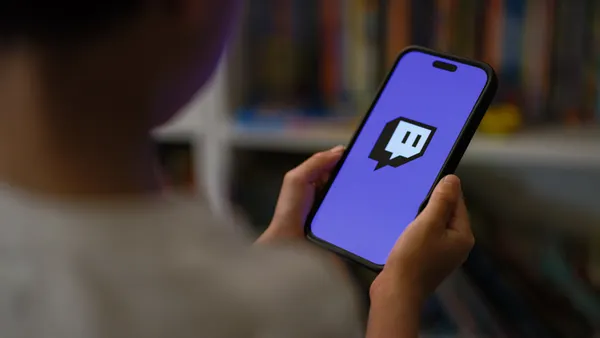Dive Brief:
- Twitter announced in a blog post Tuesday that it is ending "favorites" as we know them and replacing the functionality with "likes." While favorites were represented by a yellow star-like icon, the new likes will be embodied by little red hearts.
- The changes will not only apply to Twitter, but also the company's video-sharing platform Vine.
- Twitter said the changes were driven by an effort to make the user experience "easier and more rewarding," especially for new users who may not be familiar with the favorite functionality.
Dive Insight:
Favorites have been around for a long time on Twitter, but now they're gone. While the feature will effectively have the same function, it is getting a makeover as Twitter seeks to attract new users.
"We want to make Twitter easier and more rewarding to use, and we know that at times the star could be confusing, especially to newcomers," Akarshan Kumar, product manager, wrote in a blog post announcing the move. "You might like a lot of things, but not everything can be your favorite."
You can say a lot with a heart. Introducing a new way to show how you feel on Twitter: https://t.co/WKBEmORXNW pic.twitter.com/G4ZGe0rDTP
— Twitter (@twitter) November 3, 2015
New users have been a huge challenge for Twitter lately as growth has slowed. The slowdown has led analysts and the ad industry to wonder if Twitter has hit its ceiling — and whether it ever can match the reach of Facebook.
New CEO Jack Dorsey is now leading a turnaround attempt at Twitter, with a new vision for the company and a willingness to take risks, such as making significant changes to the core product — like the move to end favorites, a long-time feature of the site.
Twitter recently launched Moments, a new feature that aims to make Twitter more accessible to non-users through a curated feed. Moments, and now "likes," represent two of the biggest product changes that Twitter has made since it added images to tweets.
Advertisers will have to wait and see what effect the changes have on users and whether that ultimately impacts ad placements.













